|
Have you ever been working on a crochet project and found yourself wondering which stitch you should use? There are SO many stitches to choose from! Choosing can be a daunting prospect. But let's say that you're going to keep it simple and stick with the basics: either single crochet (sc), half double crochet (hdc), or double crochet (dc). Which should you use? Does it even make a difference? What's different about them anyway? Those of you who have been following my blog from the beginning may remember that I'm a total nerd who's not opposed to getting a little bit scientific with my crochet. So to help you figure out which stitch is right for your next WIP, I designed a few simple tests to showcase the differences between these staple stitches. The Setup In order to compare the different stitches with as few extraneous variables as I could manage, I created 3 different squares of approximately the same dimensions using the same skein of yarn and the same crochet hook. Each 4.5" square was made from I Love This Yarn! in Peacock Tails and a size H (5.0mm) crochet hook. Since the different stitches are a different height/looseness, I had to vary the number of stitches for each to get them as close to the same size as possible. The sc square consists entirely of sc stitches and is 18 stitches wide and 21 rows tall. The hdc square consists entirely of hdc stitches and is 17 stitches wide and 14 rows tall. The dc square consists entirely of (you guessed it!) dc stitches and is 16 stitches wide and 10 rows tall. The yarn tails for each square were trimmed to 2" on each end. Before we get into the tests, let's just take a general look at the different stitches close-up and get a feel for what they look like. This is probably old news to most of you, but may be helpful for any beginners out there. Appearance First we'll check out sc, the most fundamental crochet stitch. Single crochet creates a tight, dense fabric. Using this tension, there aren't really any visible gaps between stitches. The stitches are fairly square shaped (about as tall as they are wide, with some variation depending on how tightly you crochet) and the backward-facing stitches make little "bumps" in the fabric. Here's a close up of the sc swatch. Now let's take a look at hdc. The fabric is slightly looser with small gaps between stitches. The stitches are taller than the sc and more rectangular in shape. The backward-facing stitches have a distinct line across them, created by our friend the 3rd loop. You can see that it's much more prominent than the bumps of the sc stitches. And last, but certainly not least, dc. Dc creates the loosest fabric of the three, with large gaps between the stitches, giving it an almost mesh-like quality. The stitches are the tallest and are clearly rectangular. There isn't a clear "3rd loop" line as with the hdc, but it has an interesting ridge that forms at the base of the right-side rows. Now that we're all caught up, let's get to the fun part! I can throw around words like "loose" or "stiff," but it doesn't really mean much when you're just reading it. So to give you a better idea of what that actually means when comparing the three, I repurposed my square blocker for this Droop Test. Droop Test The basic idea of the droop test is to put a weight in the middle of the suspended square and to look at how far down the center droops. The stiffer the fabric is, the less it should droop with a light weight on it. This is essentially testing the drape of the fabric. Here's a look at the squares without any weight on them. Each picture is labeled so you can tell which is which. As you can see, the dc is already drooping a bit compared to the sc, even without any weight on it. But now let's add some weight! I ended up using one of my kid's toys, because if there's one thing I'm surrounded by all day, it's toddler toys. Plus, where else are you going to see a panda standing on a crocheted square, right? So let's see how the squares hold up. (Baha! Pun! I couldn't resist...) As you can see, there's a pretty significant difference going down spectrum from sc to dc. Because of its stiffness, the sc fabric holds the panda up much higher than the hdc or dc. The more flexible dc fabric droops the lowest, with the hdc in between the two. Time for the next test! Stretch Test This one's fairly self explanatory. I wanted to see how much the squares stretched...so I stretched them! "You're breaking some new ground there, Copernicus." (Major brownie points to anyone who knows where that quote is from.) I used my blocker again and attached the bottom of the square to the pegs while pulling on the top to stretch the stitches vertically. I also included a ruler for relative scale. ,Unsurprisingly, the sc swatch is not very flexible. The hdc and dc swatches are definitely more flexible, with the dc swatch stretching the most. Stretching the stitches also gives you a better look at the gaps between stitches. And now for the test I was most interested in. Drumroll please... That's right, it's the Yarn Usage Test! Yarn Usage Test I've often found myself wondering about how much yarn each stitch uses relative to the other basic stitches. On the one hand, a sc stitch should take less yarn to make, because it's smaller. But on the other hand, it takes more sc stitches to cover an area. So what's the trade-off between the two? If I'm running out of yarn and need to finish covering something, am I better off with the smaller stitches that require less yarn or the larger stitches that eat up more yarn? So let's take a look at how much yarn was needed for each of these squares (remember, they all have approximately the same dimensions). I started by weighing the squares. The more yarn a square uses, the heavier it should be, right? So I pulled out my handy dandy kitchen scale and weighed each square 10 times. The sc square came out to 12 g, the hdc square was 11 g, and the dc square ended up being 9 g. An interesting start. But I wasn't really happy with the accuracy of my scale. (I mean, just look at the number of sig figs, people!). So I took another approach. Lest anyone ever accuse me of not being dedicated to my craft, I decided to frog each square and measure the amount of yarn used. I felt slightly insane during the process, but it had to be done. The price we pay for our art, right? Anyway, here's what I ended up with (after subtracting the extra length from the yarn tails):
Putting It All Together
Alright, so we've looked at the general fabric characteristics, the drape, the flexibility, and the yarn usage, how do we pick a stitch? Well, it depends! I know, not the clearest answer. But different projects need different fabric characteristics. For example, if you're making an amigurumi, you'll want neat, stiff stitches that keep their shape well. The winner? Single crochet! If you want something that works up really quickly and don't mind some gaps? Double crochet! Overall, sc will give you the tightest, neatest, stiffest fabric. Dc will give you the loosest, stretchiest fabric with the most drape. And hdc will give you a fabric with characteristics in between the two. Hopefully this post will give you some more insight into which stitches will work best for your next project. Do you have a favorite use for one of these stitches? I'd love to hear about it! Or if you have any comments or questions about this post, you can reach me in the comments section below or on social media. Happy Hooking! Want to make sure you don't miss any future blog posts? Join my mailing list:
10 Comments
2/7/2018 12:12:24 pm
I have to say the Panda example was the most amusing. However this was all quite interesting and educational. I especially liked the explanation of which stitches use the most yarn.
Reply
Erin
2/8/2018 01:28:29 pm
Thanks! The panda's my favorite too ;)
Reply
~T~
2/8/2018 12:31:07 pm
Have you compared linked double crochet? The amount of yarn should be the same as with regular double crochet, but the gaps aren't so big. I'm not sure about stretchiness. Also, did you try stretching the samples across the rows, or just along the columns? Hmm. I might need to try replicating your results...
Reply
Erin
2/8/2018 01:33:04 pm
I've never actually heard of linked double crochet before, but it sounds really interesting! Maybe I'll have to do a Battle of the Stitches Round 2 with more types of stitches. I played around a bit with stretching across the rows, but it was basically the same result: the sc stretched the least and the dc stretched the most. It doesn't stretch quite as much as it does across the columns, but it seemed somewhat redundant, so I didn't include it.
Reply
Big Mama K
4/17/2018 02:05:13 pm
I would like to ask if each photo has the swatch right side up?
Reply
Big Mama K
4/17/2018 02:11:21 pm
Oops! I forgot to thank you for your great experiments and photographs of your results! The panda is priceless and will forever linger in my mind on her little trampoline ;)
Reply
Erin
4/17/2018 07:28:38 pm
Each swatch was worked back and forth in turned rows, so there isn't one particular "right side" for the squares. Each side has stitches facing in both directions. Making these stitches in the round (with one distinct "right side" and "wrong side") produces a slightly different look.
Reply
Rose
6/17/2019 12:20:34 pm
I am a total nerd about crochet, too. My questions today was how much taller (ratio) is a HDC than a SC, and your article answered this perfectly.
Reply
Gretchen
11/18/2020 09:48:56 am
This was SUCH a lovely write up! Thank you for the detail, explanation, and comparisons. It answered so many if my "newbie" questions about these basic stitches. Truly awesome, thanks!
Reply
Kay
6/28/2024 06:12:01 pm
Thx this was incredibly helpful!!!
Reply
Leave a Reply. |
Welcome!Thank you for stopping by to visit my own personal corner of the web! Feel free to take a look around and check out what I've been crafting, crocheting, or baking. Hopefully you'll find something to inspire your own creativity! Archives
March 2024
|


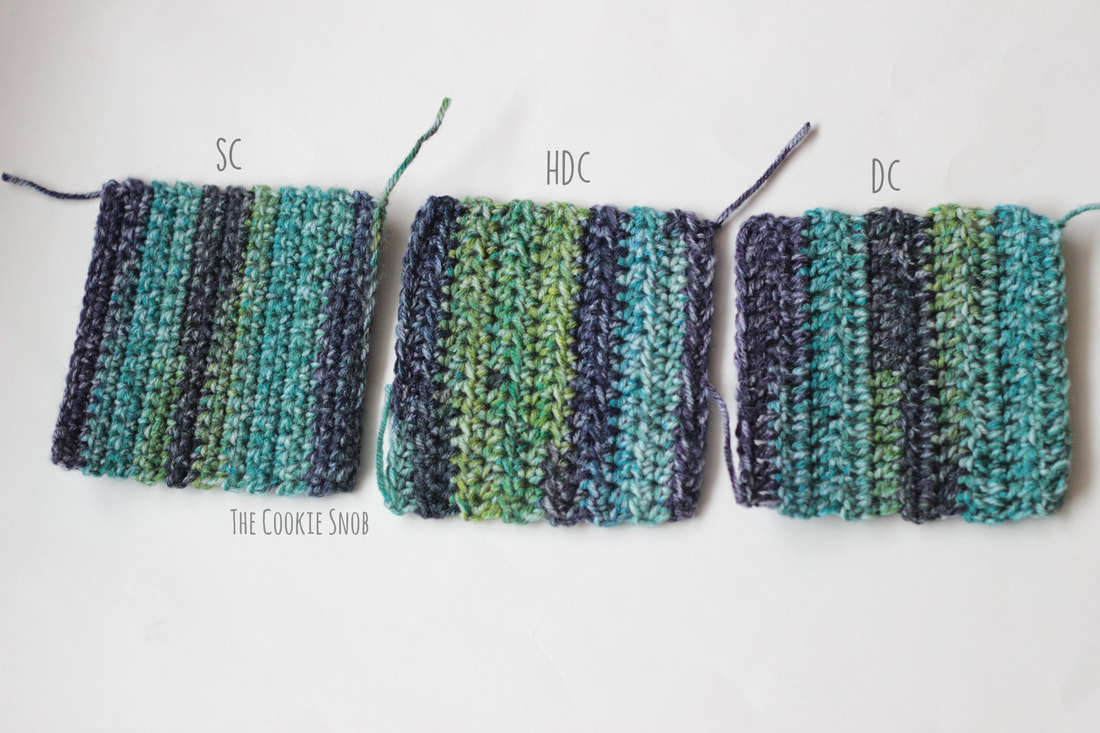
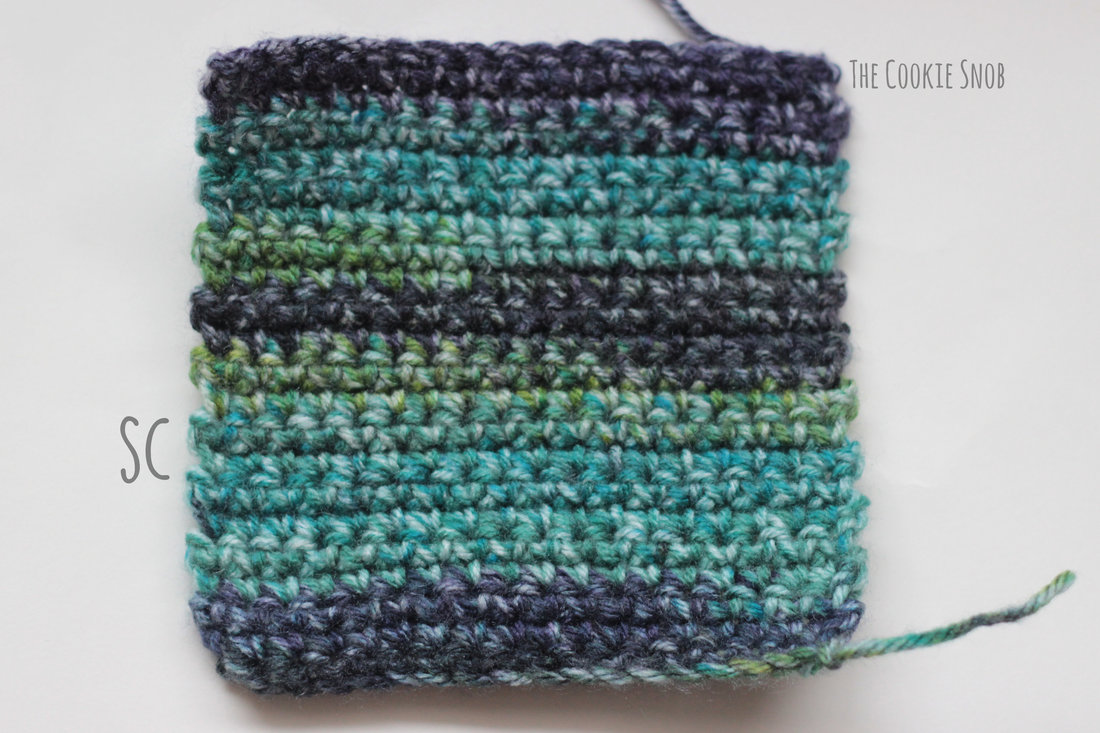
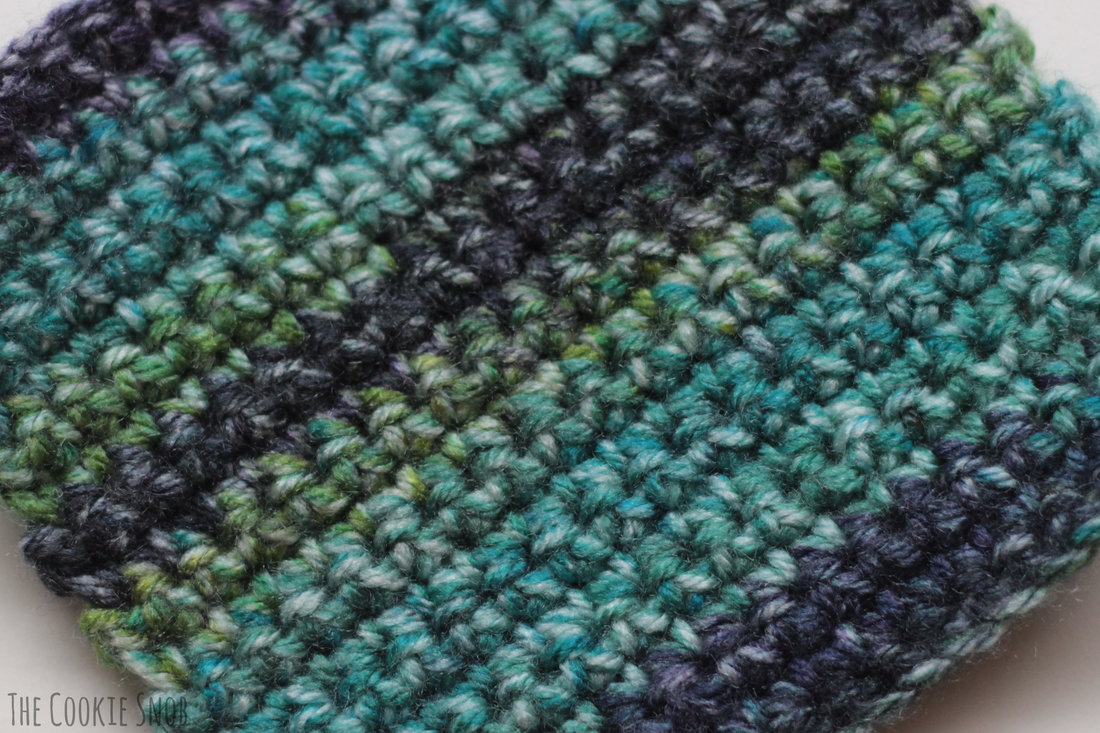
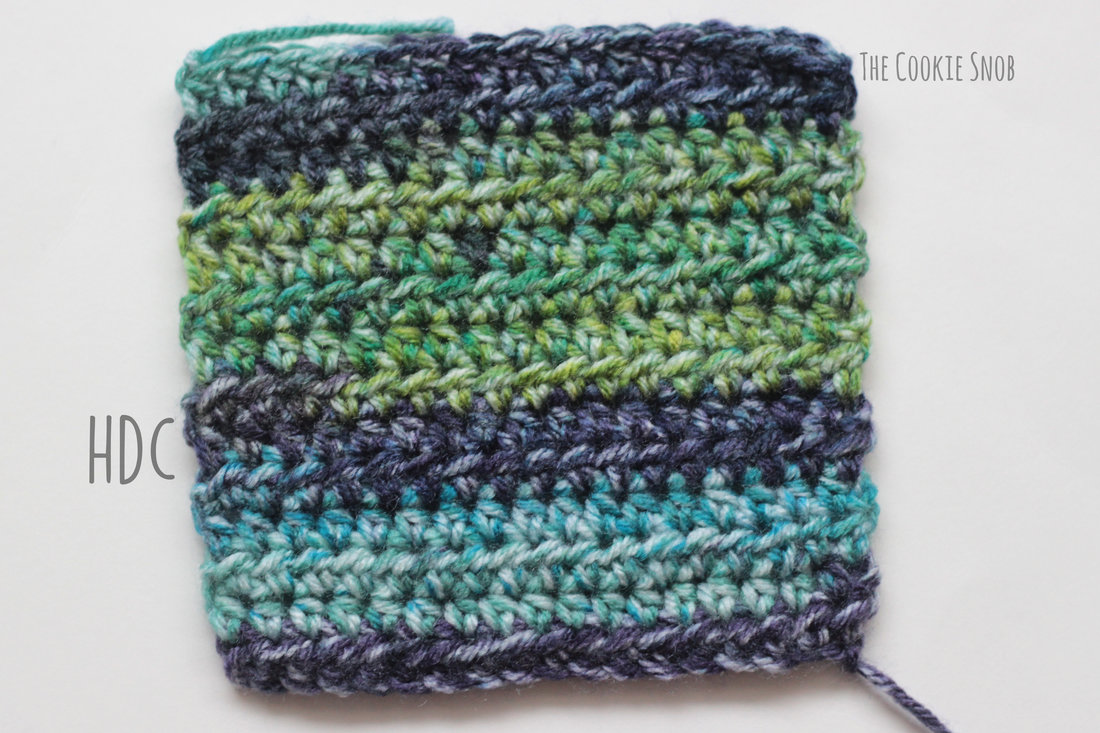
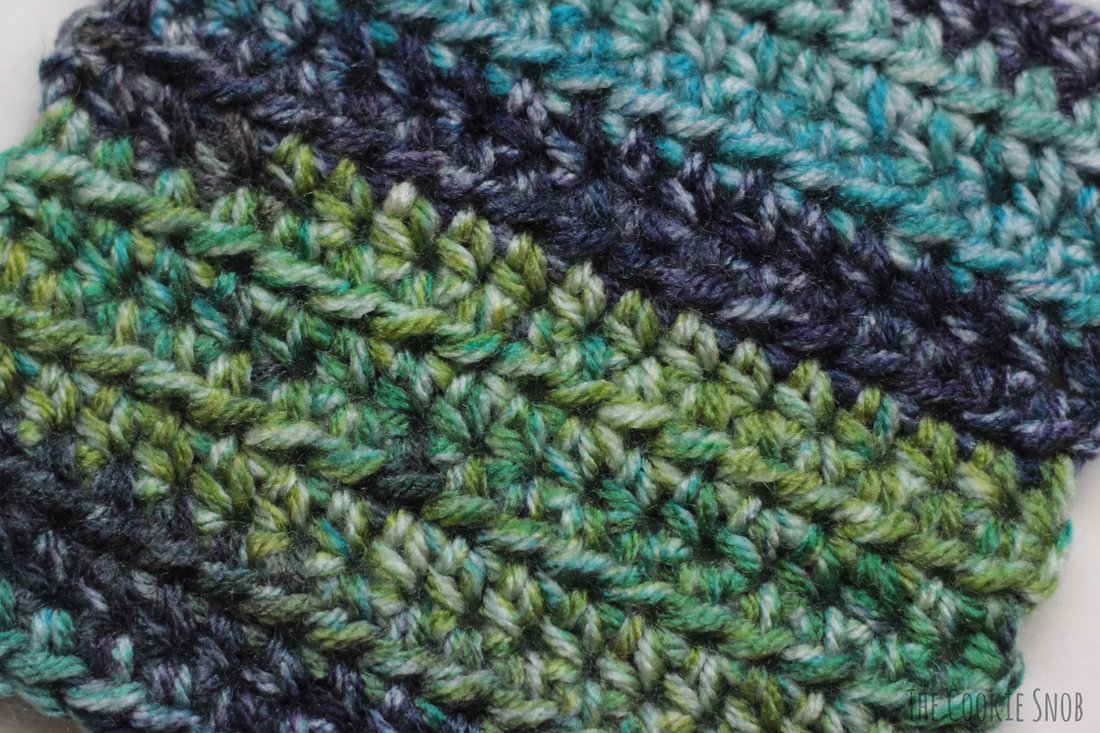
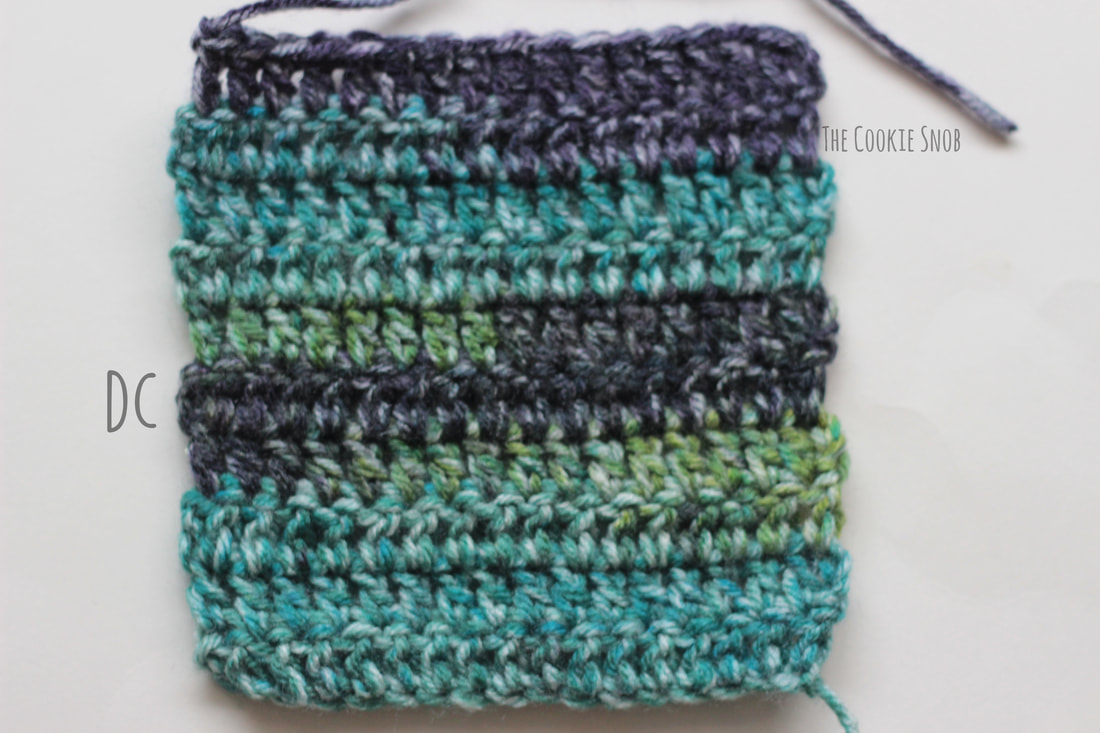
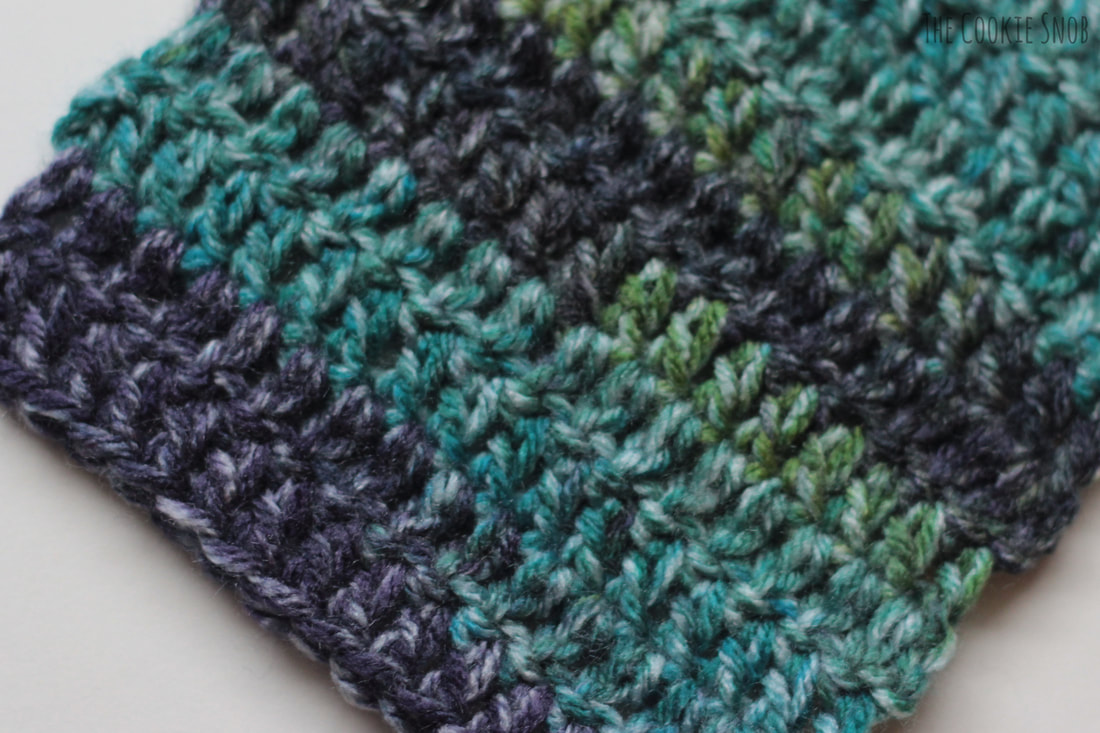
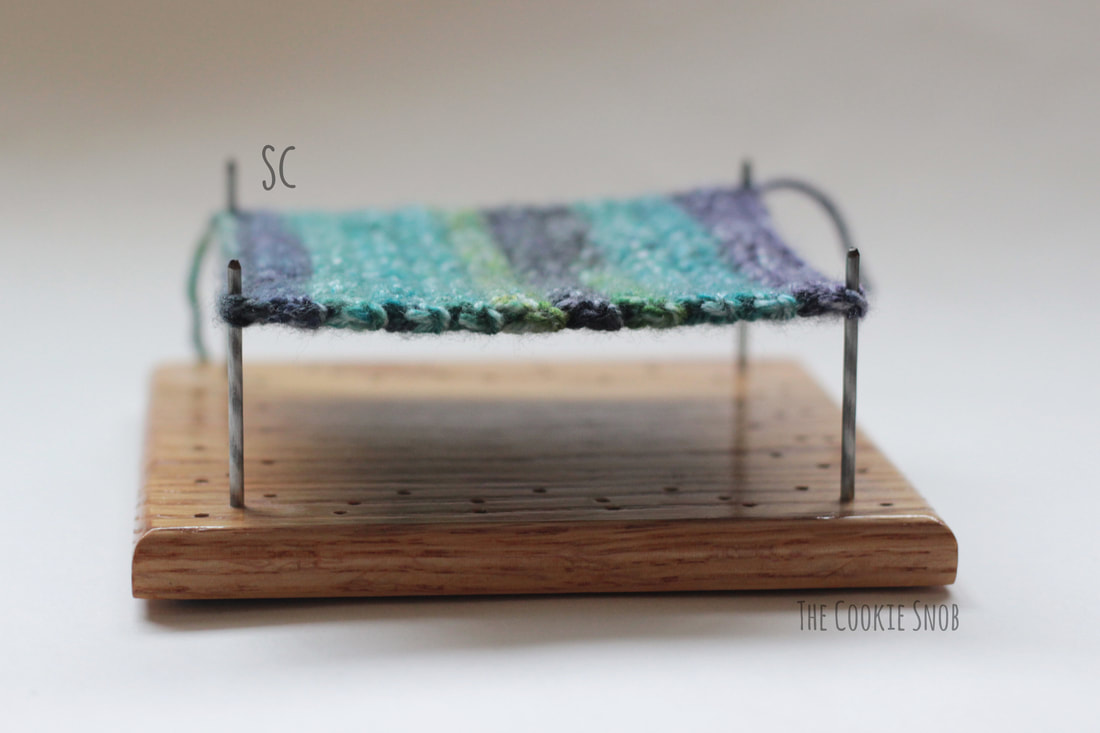

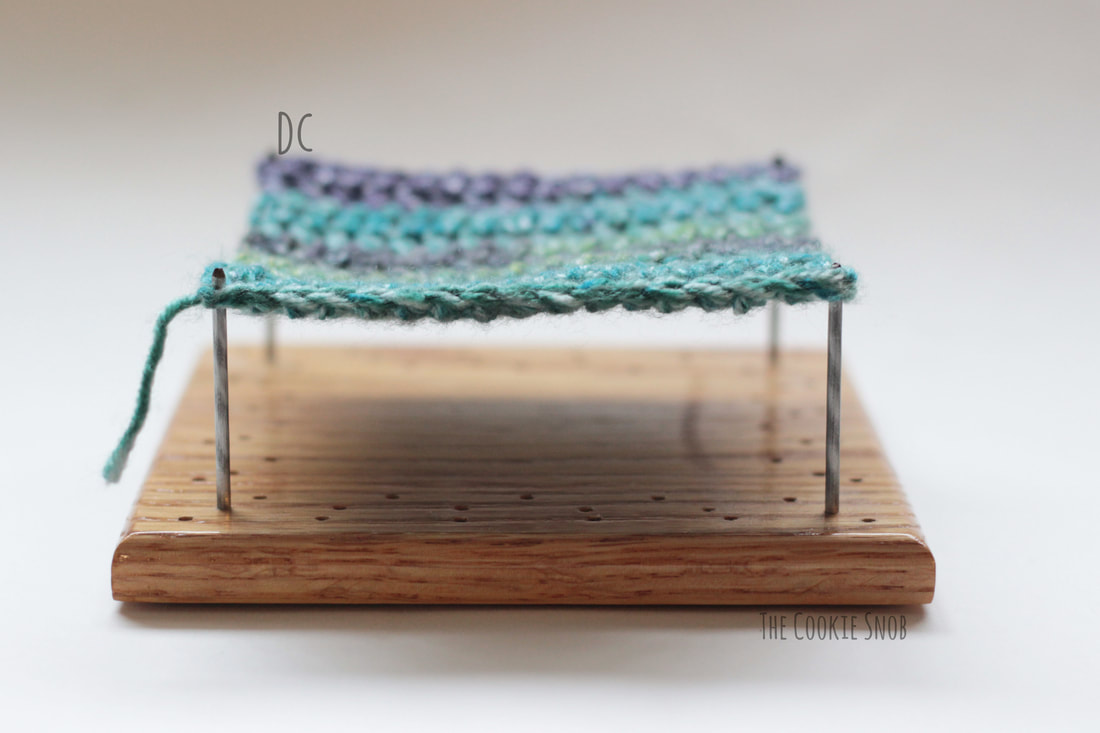
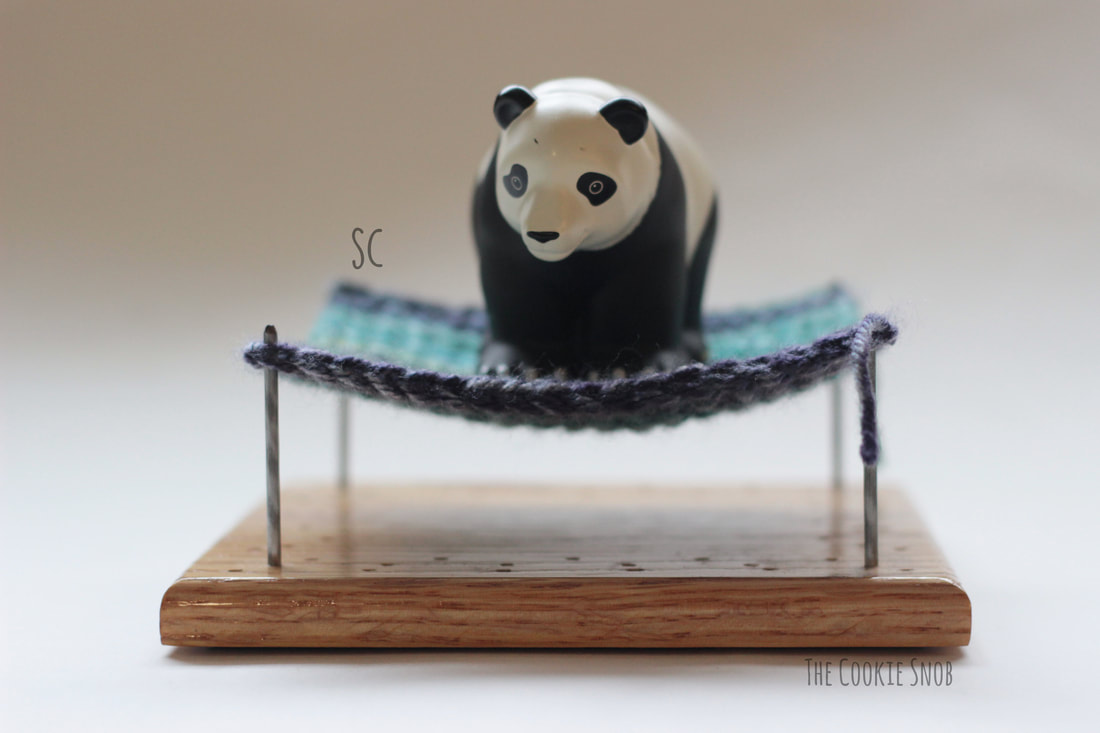
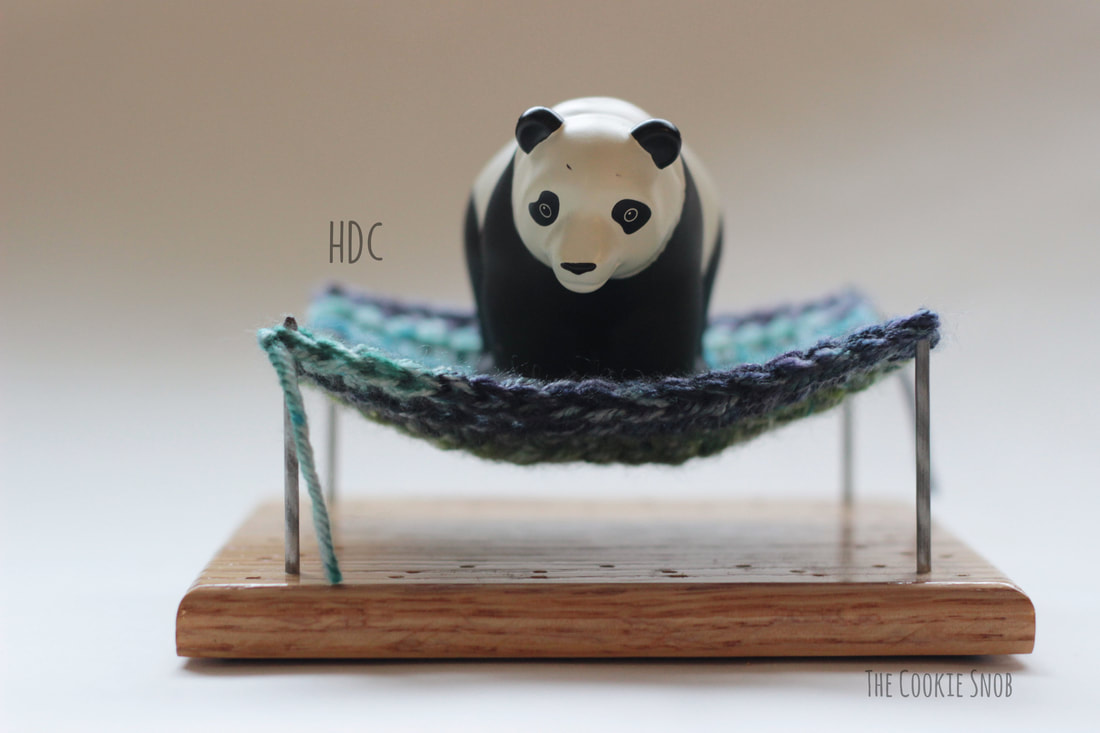

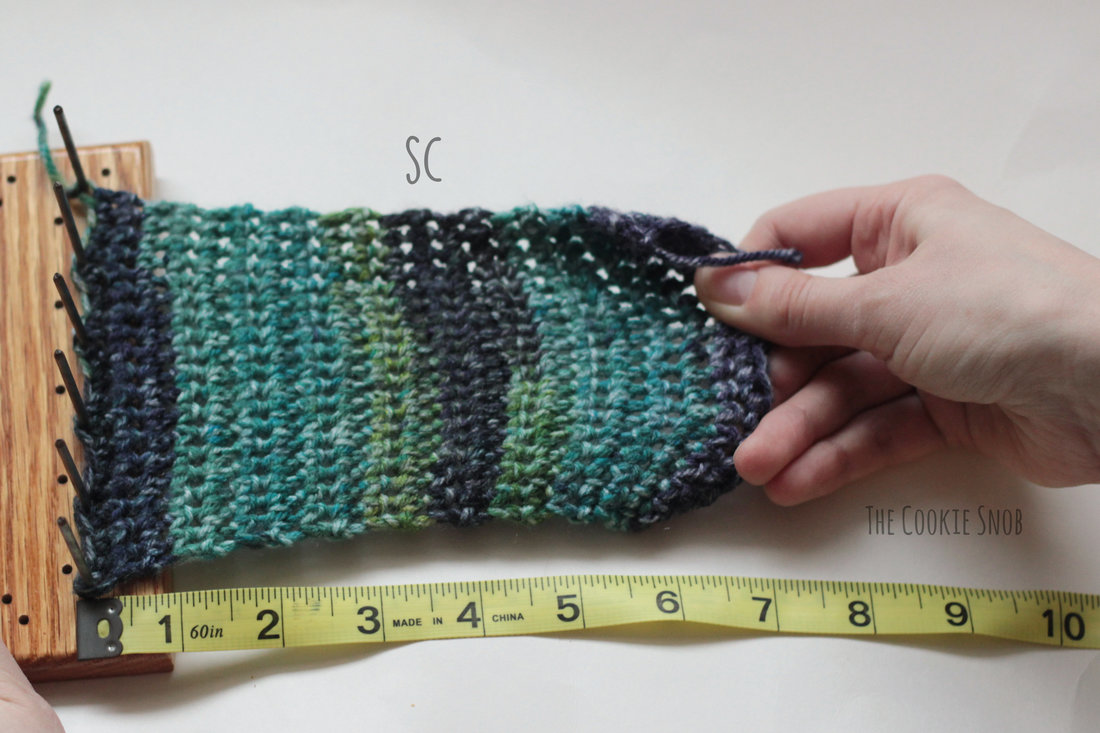
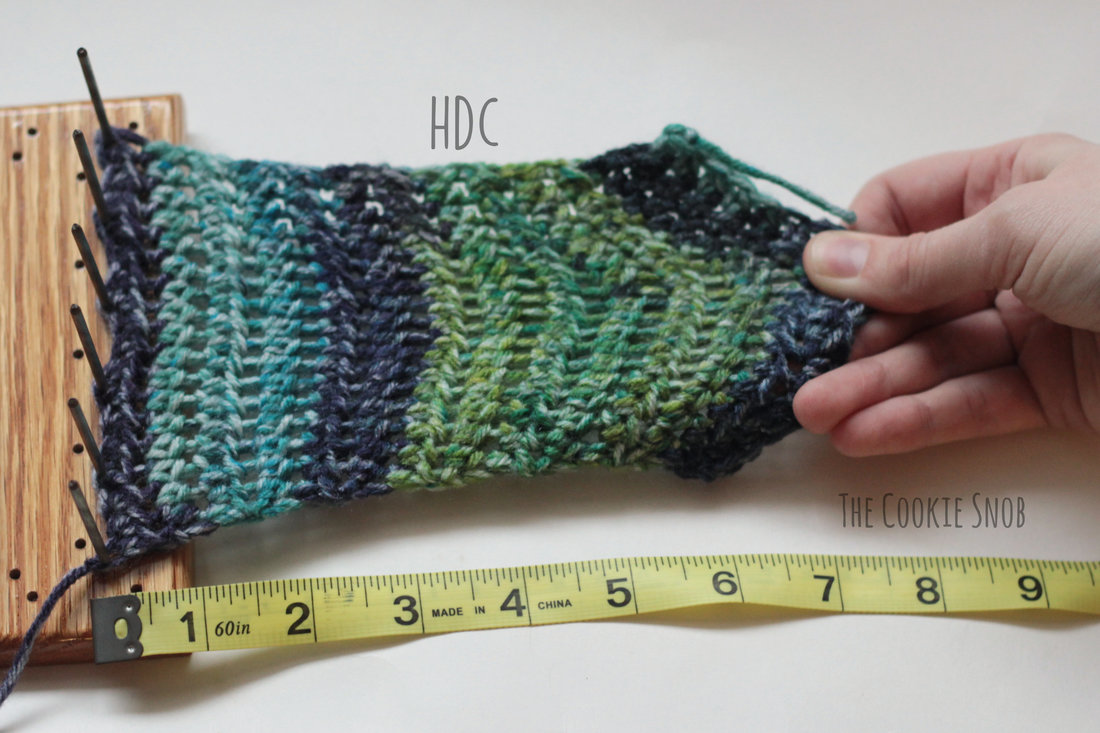
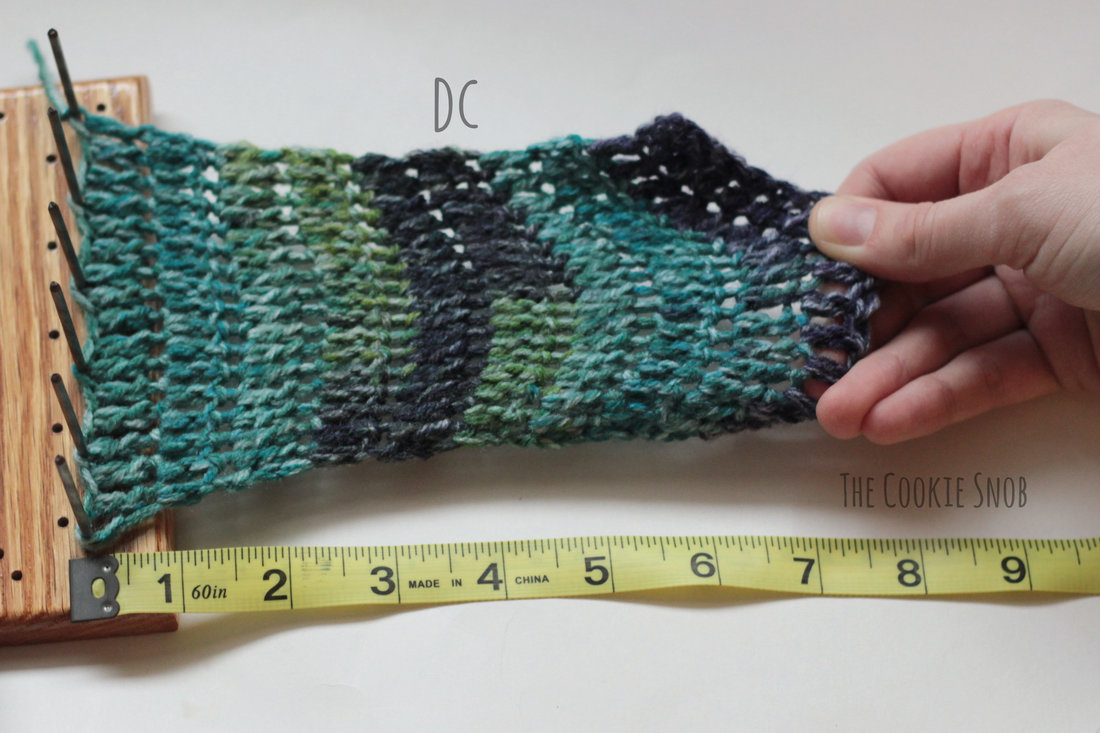

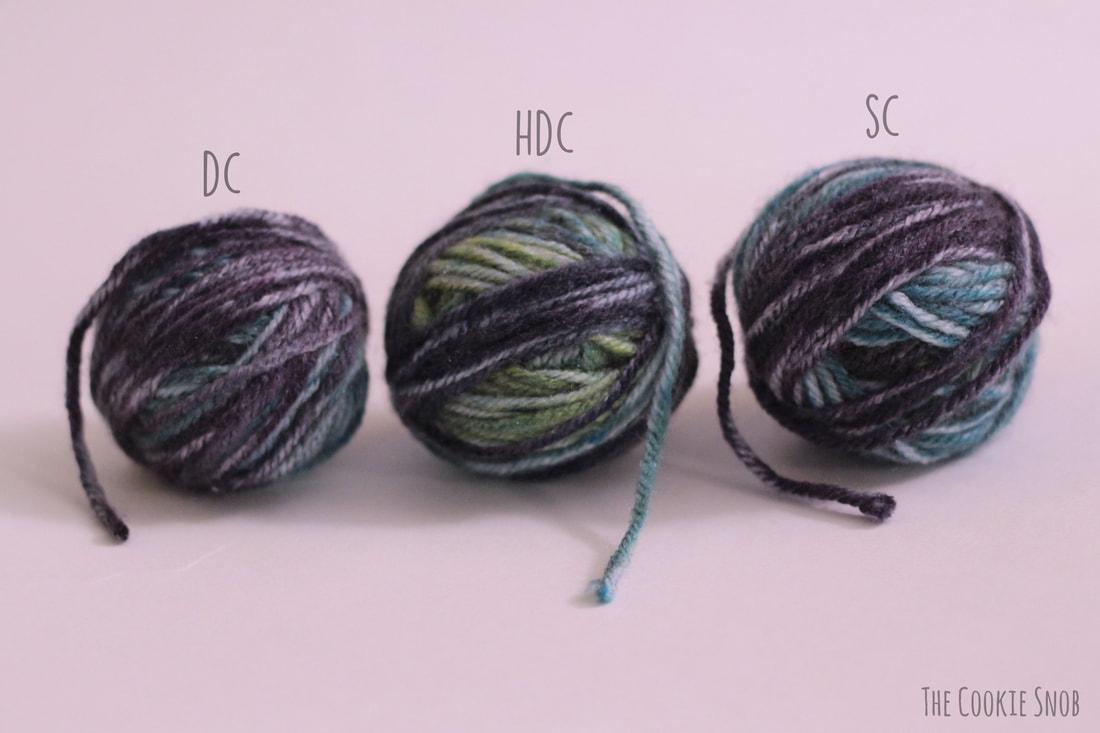



 RSS Feed
RSS Feed